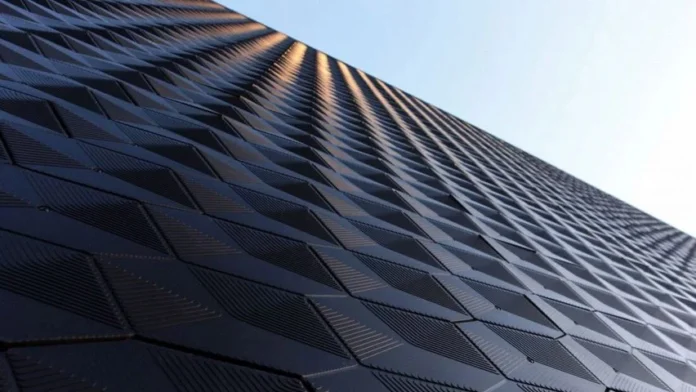As the world of architecture and design continues to evolve, so too does the realm of building materials. From sustainable options to advanced technologies, staying informed about emerging trends in building materials is essential for architects, designers, builders, and homeowners alike. In this article, we’ll explore some of the latest innovations in building materials and how they are shaping the future of construction and design.
The Rise of Sustainable Materials

With growing concerns about environmental sustainability, there has been a significant shift towards using eco-friendly building materials. Materials such as reclaimed wood, recycled plastic, bamboo, and cork are gaining popularity due to their renewable nature and low environmental impact. Additionally, advancements in green building technologies have led to the development of materials that improve energy efficiency and reduce carbon emissions.
1. Reclaimed Wood
Reclaimed wood, sourced from old barns, factories, and other structures, adds character and warmth to any space. By giving new life to discarded materials, reclaimed wood not only reduces the demand for virgin timber but also helps to preserve forests and natural habitats.
2. Recycled Plastic
Recycled plastic is being used in innovative ways to create durable and versatile building materials. From composite decking to insulation panels, recycled plastic offers a sustainable alternative to traditional construction materials. By diverting plastic waste from landfills and oceans, recycled plastic helps to address the global plastic pollution crisis.
Advancements in Technology
Technology is revolutionizing the way we design and construct buildings, leading to the development of new and innovative materials. From 3D printing to nanotechnology, these advancements are pushing the boundaries of what’s possible in architecture and design.
1. 3D-Printed Materials
3D printing technology has opened up a world of possibilities in architecture and construction. From intricate facades to customized building components, 3D-printed materials allow for greater design freedom and efficiency. Additionally, 3D printing can reduce waste by only using the materials needed for the project.
2. Nanomaterials
Nanotechnology is being used to create advanced building materials with enhanced properties such as strength, durability, and thermal performance. Nanomaterials, which are engineered at the molecular scale, offer exciting opportunities for improving the performance and sustainability of buildings.
Conclusion
As the demand for sustainable and innovative building materials continues to grow, architects, designers, and builders must stay informed about the latest trends and advancements in the industry. By embracing emerging materials and technologies, we can create buildings that are not only beautiful and functional but also environmentally friendly and resilient.
Whether it’s incorporating reclaimed wood into a design or harnessing the power of nanotechnology, the possibilities for innovation in building materials are endless. By breaking new ground and exploring emerging trends, we can pave the way for a more sustainable and vibrant future in architecture and design.














